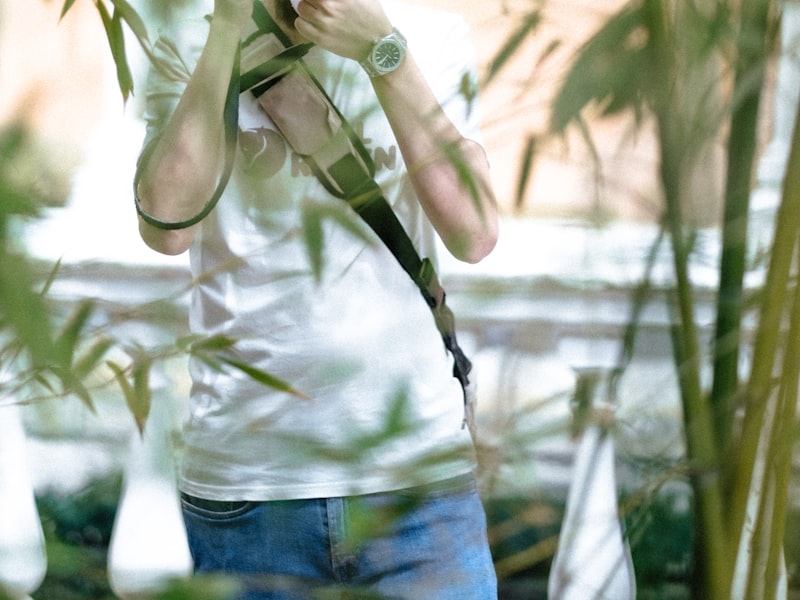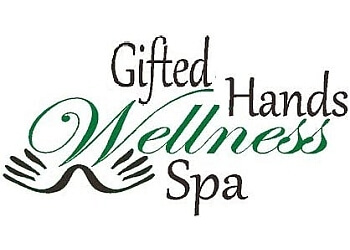An Introduction to Tui massage


Traditional Chinese massage has been used for thousands upon thousands of years to treat a wide variety of ailments both physical and mental. Many of these conditions have helped people avoid the discomfort and dangers of modern medical practices. In recent times the traditional Chinese massage therapy has increased in popularity not just in the West but as well in the East. Many Western clients who undergo traditional Chinese massage therapy are also able to enjoy the physical and mental benefits, including relaxation and better muscle and skeletal alignment. However, not all clients are aware of how this ancient therapy performs.
Like most other oriental medical practices the traditional Chinese massage begins with the ancient Chinese belief that there are multiple layers of interconnected tissues throughout the body. These layers are connected by energy called Qi (pronounced “chi”) that is the energy that is known as "chi". The energy is generally described as a mix of negative and positive forces that result of interactions between different organ systems and their associated wastes. Traditional Chinese medicine offers many methods to clear obstructions caused by these interactions. These treatments include Acupuncture, herbal remedies as well as massages that use pressure points.
There are four major types used in oriental medical practice. The two first two are more specific and the remaining two have some common elements. One of these, known as joint heat therapy, is often performed on those suffering from muscle spasms or who have been injured. This technique includes grasping a joint in either the thumb or fingers and applying sustained heat to improve circulation. Another method is to press either thumb or finger to the specific spot on the body to increase blood flow and release stress and tension from the muscles and tendons.
Another method is to apply oils and creams on your muscles and skin. These products soften hard, dry areas of the body, while increasing the softness of more smoother areas. These products are usually made by mixing essential oils with cold-pressed vegetable oils. Castor oil, which is one of the most popular oils in traditional Chinese medicine is a great example. Pressure points are the third form of traditional Chinese massage therapy. They are utilized to treat specific issues or prevent certain diseases from repeating.
Basic techniques can be supported by movements such as rolling, tapping and kneading. These movements are intended to increase blood flow and allow nutrients to flow through the body and strengthen the nerves. They are also meant to relax the mind. The kneading technique are similar to yoga's. They combine gentle touch with controlled movement. For instance an introduction to Chinese massage class could start out with students rolling their knuckles using gentle movements to warm up the body and increase the flow of capillary vessels in the neck.
The main purpose of this traditional Chinese medicine system is to promote wellbeing through relaxation. To achieve this goal, the practitioner must be competent to induce relaxation in the patient and himself. The qi is able to travel through the body and benefit all when it is stimulated correctly.
Chinese medicine maintains that healing through massage isn't only a once-in-a-lifetime event. It is part of a daily regimen that assists in learning to understand the body and its systems. To keep up with the latest developments in health care, traditional Chinese massage techniques must be reviewed periodically. For instance, a lot of Chinese medical professionals believe there are specific massage techniques for back pain and that there are additional benefits that can be achieved through stretching.
The development of massage techniques has made them a complete system. They include kneading, squeezing, rolling, percussions and vibration. https://kimchimassage.com/daegu/ Chinese massages also incorporate the principles of gentle massage and manipulation of internal organs along with the concepts of stretching and strengthening exercises. Massage techniques have been found to be effective in relieving stress and chronic tension and encouraging a sense of balance both in the mental and physical worlds. Tui massages are designed to promote wellbeing and health. Massage therapists may use plants like ginseng, wild yam, the liuwei, kelp and kelp as well as other natural supplements. These herbal and plant-based remedies help restore the body's natural balance of Qi (pronounced "chee"), which helps it fight disease and illness more effectively.
